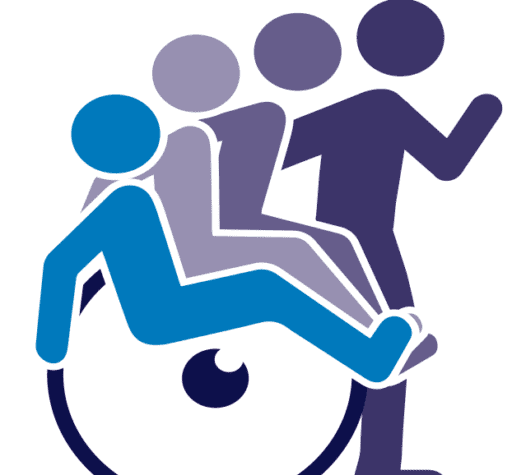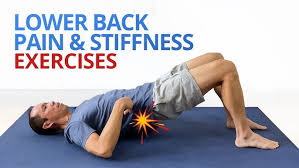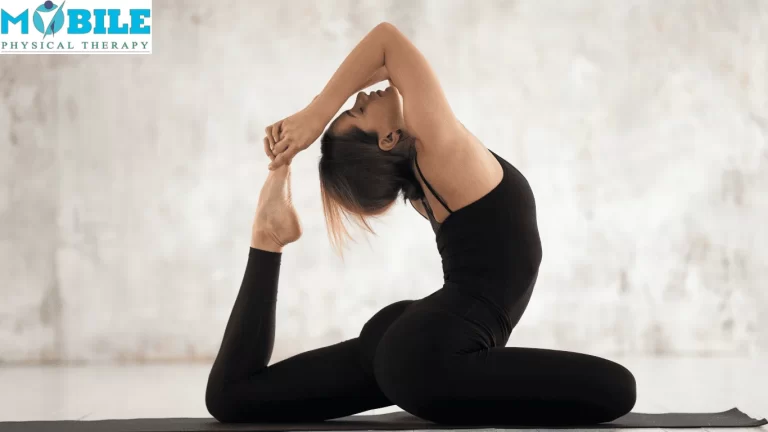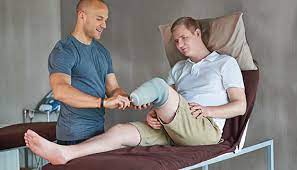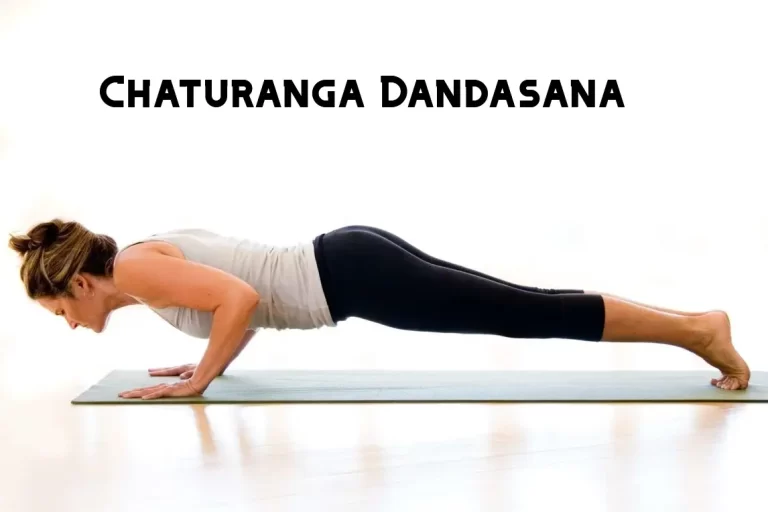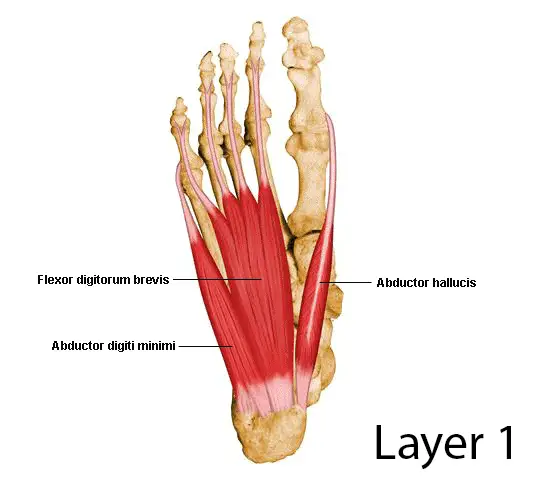7 Best Exercises for Back Stiffness Relief
Table of Contents
Introduction:
Even basic everyday tasks might feel restricted and painful when accompanied by back stiffness. It is frequently brought on by tense muscles, bad posture, extended sitting, or underlying diseases like arthritis.
Targeted exercises regularly can help release tense muscles, increase flexibility, and regain spinal mobility. The seven finest back stiffness treatment exercises will be covered in this tutorial; they are mild yet efficient in easing pain, improving blood flow, and promoting general back health.
Benefits of the Best 7 Back Stiffness Relief Exercises:
The following are the main advantages of doing the top 7 back stiffness-relieving exercises:
- Reduces Muscle Tension: This helps release tense back muscles, which relieves pain and stiffness.
- Increases Flexibility: Increases the spine’s and the surrounding muscles’ range of motion.
- Improves Blood Circulation: This promotes the transfer of oxygen and nutrients to the back tissues, which aids in the healing process.
- Supports Better Posture: Proper alignment is promoted by strengthening the back and core muscles.
- Reduces Injury Risk: It eases the load on muscles and joints by preparing them for everyday motions.
- Reduces Stress and Fatigue: Light stretching helps relax the body and soothe the neurological system.
- Increases Overall Mobility: Facilitates more comfortable and easier bending, lifting, and twisting motions.
7 Best Exercises for Back Stiffness Relief Video
7 Best Exercises for Back Stiffness Relief:
Cat-Cow Stretch:
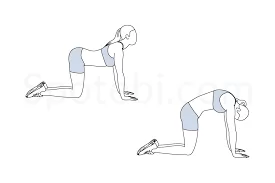
The Cat-Cow Stretch is a mild, rhythmic exercise that relieves back tightness and increases flexibility by alternating between rounding and arching the spine. This stretch, which is done on hands and knees, helps to improve posture, relax tense muscles, and warm up the spine.
It is perfect for relieving pain and getting the back ready for everyday activities since it synchronizes the movement with deep, steady breathing, which also improves blood flow to the spinal discs and surrounding tissues and encourages relaxation.
Child’s Pose:
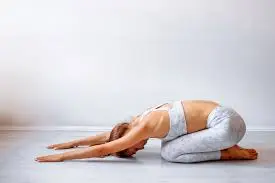
Child’s Pose is a mild, healing pose that opens the hips, lengthens the spine, and eases lower back strain. In addition to encouraging deep breathing and relaxation, this pose, which is performed by sitting back on the heels and folding the body forward with arms extended, also gently stretches the thighs, hips, and back muscles.
After extended sitting or physical activity, this relaxing position is particularly useful for reducing tension, reducing stiffness, and giving the body a sense of ease again.
Knee-to-Chest Stretch:
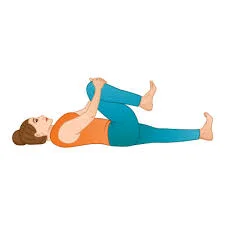
This stretch, which is done while resting on one’s back and pulling one or both knees toward the chest, helps people relax, improves blood flow to the lower spine, and eases stiffness from extended standing, sitting, or physical exertion. It is particularly helpful for preserving healthy lower back mobility and relieving minor back pain.
Seated Forward Bend:
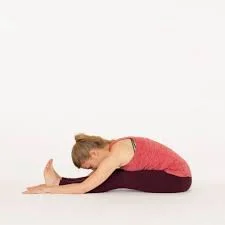
This technique, which involves sitting with your legs out in front of you and gradually folding your body over them, helps relieve shoulder and back stress, increases posterior chain flexibility, and promotes deep, conscious breathing. This position is very helpful for improving general body flexibility, reducing stiffness, and calming the nervous system.
Bird Dog exercise:
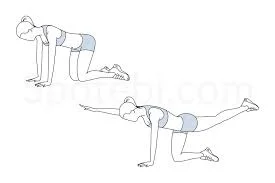
It improves posture, eases spinal tension, and teaches the body to retain control and coordination. It is performed on hands and knees with one arm extended forward and the opposing leg backward. This exercise is particularly good for strengthening core endurance, avoiding back pain, and supporting daily functional motions.
Cobra Pose:
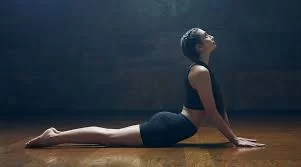
The Cobra Pose is a mild backbend that strengthens the spine, releases tension in the lower back, and extends the muscles in the chest, shoulders, and abdomen. It helps expand the front of the body, improve posture, and develop spinal flexibility.
It is performed by lying face down, placing the hands under the shoulders, and pulling the chest upward while maintaining the hips planted. This stance is very useful for relieving minor back tightness and reversing the effects of extended sitting.
Superman exercise:

Superman Exercise steps:
A bodyweight exercise, the Superman strengthens the core, hamstrings, glutes, and lower back while increasing spinal stability. It engages several posterior chain muscle groups by simulating Superman’s flying stance while lying face down and simultaneously raising the arms, chest, and legs off the ground.
This exercise is particularly helpful for improving posture, decreasing the chance of back problems, and increasing the strength of the muscles supporting the spine.
Conclusion:
You may greatly increase your flexibility, lessen your pain, and improve the health of your spine by including these seven top back stiffness treatment exercises into your daily routine.
These exercises, which focus on both strength and mobility, facilitate improved posture, increase circulation, and relieve tense muscles, making daily tasks more pleasant and easy.
They can help maintain your back strong, flexible, and pain-free by preventing future back problems in addition to relieving current stiffness when done regularly and carefully.
FAQs
Many conditions and ailments, including infections, autoimmune diseases, and neurological problems, can result in muscle stiffness. Common examples include illnesses like multiple sclerosis, fibromyalgia, and polymyalgia rheumatica, as well as diseases like influenza, tetanus, and meningitis. Muscle spasms and stiffness are also symptoms of the uncommon autoimmune disease known as stiff-person syndrome.
The Knee-to-Chest Stretch, Pelvic Tilt, and Cat-Cow Stretch are three easy back pain exercises. These exercises can help reduce back pain by strengthening core muscles, increasing flexibility, and relieving stress.
Low back pain is evaluated and diagnosed using a variety of specialized tests; one such test for identifying sciatica is the straight leg lift test. Additional tests that evaluate various facets of the lumbar spine and associated components include the prone instability test, the slump test, and the femoral nerve stretch test. Clinicians can identify the reason and best course of treatment for low back pain by using these tests in conjunction with a comprehensive patient history and physical examination.
A widespread problem, morning back stiffness is frequently associated with sleeping postures, bedding quality, or underlying medical issues. To discover the best treatment, it’s critical to determine the problem. This may just involve making little changes like changing your mattress or sleeping position, or it may necessitate medical assistance.
Your spinal discs gradually lose water during the day, which causes your spine to become increasingly compressed as the discs dry out. Your back may feel tight and exhibit a discernible difference in movement as a result of the decreased moisture in your spine. Furthermore, the muscles that support the spine were also impacted by dehydration.
About walking
Additionally, it can lower your chance of getting diseases, including osteoporosis, heart disease, type 2 diabetes, and several types of cancer. Walking doesn’t require any particular equipment or training, and it’s free, unlike some other types of exercise.
Ibuprofen (Advil, Motrin IB, and others) and naproxen sodium (Aleve) are examples of nonsteroidal anti-inflammatory medicines (NSAIDs) that may be helpful. Only use these medications as prescribed. Serious adverse effects might result from overuse.
Muscular stiffness is most likely to result from a magnesium deficit since this mineral is necessary to maintain calm, supple, and effective muscular movement.
Exercises that target the hips and lower back, such as the cat-cow stretch, child’s pose, and knee-to-chest stretch, are the best ways to stretch these muscles.
Going for walks: According to a preliminary study, walking or brisk walking (also known as Nordic walking) can help reduce back pain if done regularly, such as every two days for 30 to 60 minutes.
Range-of-motion exercises
By putting joints through their complete range of motion, these workouts reduce stiffness. These workouts include rolling shoulders forward and backward and extending arms overhead. You may perform the majority of these workouts daily.
Improve your posture, strengthen your back and abdominal muscles, and incorporate regular stretching and exercise to help relieve back tightness. For pain relief, think about using heat or ice, and if necessary, look into over-the-counter painkillers. In certain circumstances, professional intervention from a physical therapist or chiropractor may be useful.
Cat stretch
As you lower your head, slowly arch your back in the manner of drawing your belly toward the ceiling. Then, as you raise your head, gradually let your back and abdomen drop toward the floor. Return to your starting point. Twice daily, repeat three to five times.
References:
- Cronkleton, E. (2024, May 20). 7 Lower back stretches to reduce pain and improve mobility. Healthline. https://www.healthline.com/health/lower-back-stretches
- Admin, & Admin. (2023, July 17). 7 top stretches and strengthening exercises for low back pain | Back Pain Auckland. Back Pain Auckland | Stop the Back Pain. https://backpainauckland.co.nz/7-top-stretches-and-strengthening-exercises-for-low-back-pain/
- Cronkleton, E. (2024b, June 13). 9 stretches to help relieve a tight lower back. Healthline. https://www.healthline.com/health/lower-back-pain-relief
- Admin, N. (2019, December 9). 7 Lower Back Exercises to Boost Strength and Flexibility – New York Bone & Joint Specialists. New York Bone & Joint Specialists. https://nyboneandjoint.com/7-lower-back-exercises-to-boost-strength-and-flexibility/
- Team, J. (2023, June 30). 7 best home exercises for lower back pain. La Clinica. https://laclinicasc.com/7-best-home-exercises-for-lower-back-pain/
